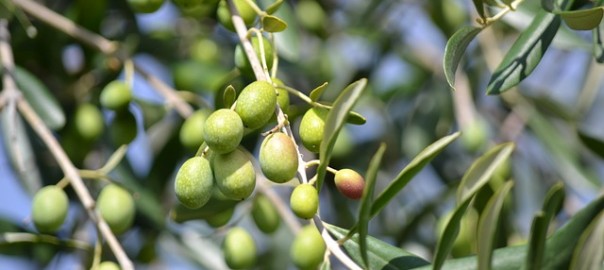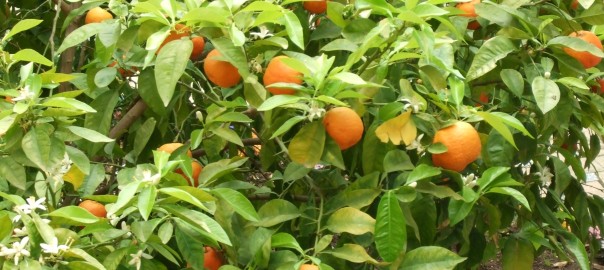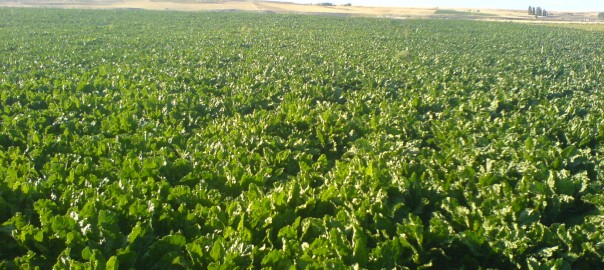At the end of December 2016, the fifth edition of the International Forum of Agro-póle Olivier took place in the Moroccan city of Meknès, an international meeting hosted by the organization Agro-póle Olivier ENA Meknès. In the course of the meeting, the participants adopted a series of conclusions that have been consolidated in the Meknès Declaration in favor of the olive grove.
The statement states, according to the information gathered by Olimerca, that “the olive grove must be recognized as a sustainable development vector; Climate change and renewable energy sources for future generations. ” This conclusion is supported by the different interventions throughout the meeting by Spanish, Italian and Greek experts, who showed success cases on the sustainable effect of the olive grove.
Fransisco Serafini, Secretary General of the International Olive Oil Council (IOC), said that the olive grove contributes to the slowing down of desertification and erosion in the areas where it is located and also allows the population to remain in rural areas. The Secretary-General emphasized the need to adopt “appropriate agronomic practices to enable olive trees to contribute to the reduction of greenhouse gases”, recalling that a number of scientific studies have shown the positive effects of olive growing on Fixation of CO2 from the atmosphere in permanent plant structures and soil.
source: Olimerca





